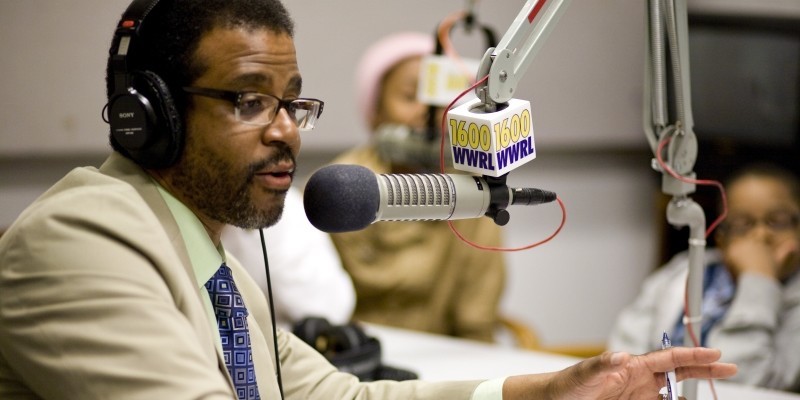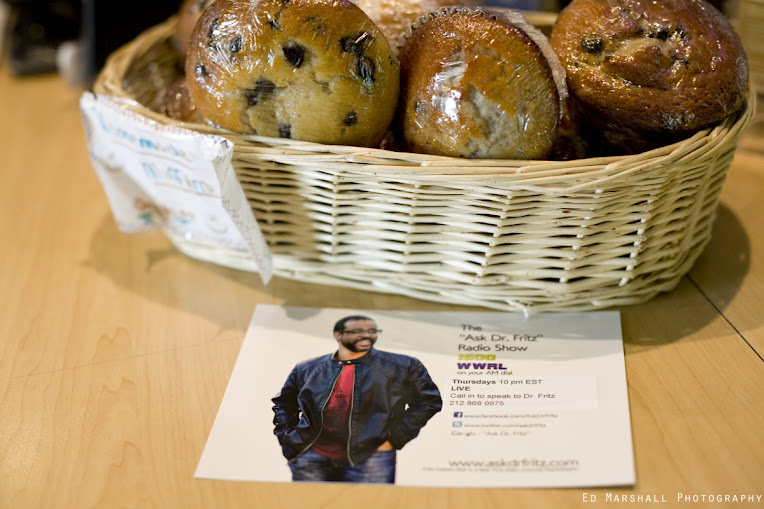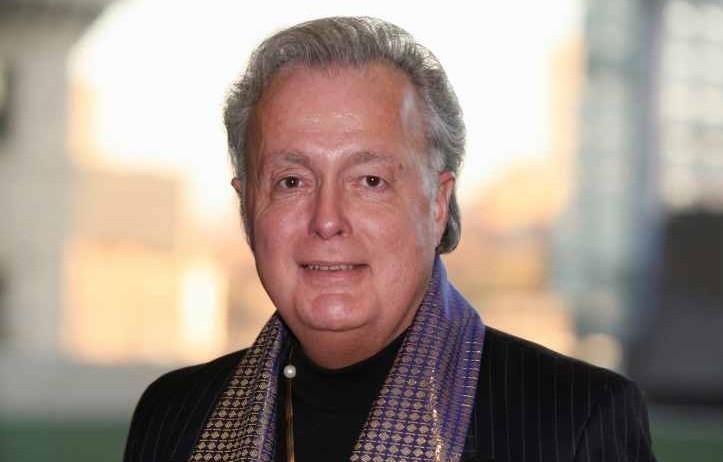Katherine Jemiola
December 16, 2012
On Friday, December 14, 2012, a gunman took the lives of 20 children and 6 adults in a Newtown, Connecticut elementary school. In the wake of the second deadliest mass shooting in United States’ history, a media storm swept the nation, seeking answers as to how something like this could happen. How could someone so mercilessly kill innocent children? How can we prevent this from happening? How do we cope with the aftermath of such a devastating event?
While many have politicized the shooting with revived discussions of gun control, it is important to understand the full scope of the problem. Although there is much that remains unknown about multiple homicide offenders, it is clear that they make up a unique subset of criminal offenders, and while it is difficult to comprehend how someone could commit such senseless acts, we must attempt to understand the forces behind these events, so as to prevent them in the future.
Multiple homicide offenders are relatively rare. However, while only 3-4% of homicides in the last 25 years have involved multiple victims, it is clear that these events have a vast impact on those whose loved ones are lost, as well as society as a whole. Friday’s events may be classified as a spree killing, in which an offender kills more than two victims in two separate locations, without a cooling off period. Following the shooting at Sandy Hook Elementary School, many people demanded to know what kind of person would target children; however, before the media even released the identity of the alleged shooter, we already knew. The shooter was a quiet kid, who had few friends and whom others would say “seemed off” since an early age. He had likely suffered from mental health problems and displayed antisocial behaviors throughout his life; he had almost certainly raised red flags prior to the homicide event that would end the lives of 27 victims. Although it is not always the case, mass homicide offenders often have histories of criminal justice involvement and have demonstrated a preoccupation with weaponry and violence. Such offenders have been bullied or isolated as children, have documented psychiatric histories, depressive symptoms and “often come to perceive society and/or some of its members as responsible for their personal suffering” (Palermo, 1997). As is the case with the Sandy Hook shooting, the offender often has an identifiable target victim in mind, while extended victims are the result of rage and, in some cases, the desire for recognition—even if posthumously.
There is no complete explanation for what transpired at Sandy Hook; however, it brings attention to a phenomenon that is becoming all too common in our society. First and foremost, it is a reminder of the importance of mental health treatment and how critical it is to pay attention to early warning signs. The shooter did not open fire on an elementary school out of nowhere; this horrible event was the culmination of years of this individual slipping through the cracks of the mental health, school and criminal justice systems. While details of the shooter’s life are unclear at this point, the important thing is that he was a troubled individual, whose calls for help were overlooked. Gun control is a heavily debated issue, with people on both sides defending strongly held beliefs, but this point is abundantly clear: there are individuals who, as a result of myriad psychological, emotional and social factors, wish to do harm, and access to weapons, such as guns, make it that much easier to do so. That, coupled with the instant recognition awarded to offenders through the mass media, makes multiple-victim murder not only a mental health and political issue, but also a cultural issue. Antisocial offenders who remain alive after their crimes thrive on the attention they receive, and those who die anticipate the infamy and may see their crimes as a way to finally be “heard.”
The information above may seem like an insufficient explanation to Friday’s events—and it is. There is no way of knowing exactly why such atrocities happen, and attempts may come across as justifications for the offender’s actions. As human beings, we instinctively seek meaning; following Friday’s events, those who were directly affected by the shooting, as well as the larger community, will be left to grapple with the aftermath. The Sandy Hook students, teachers, parents, and first responders (as well as victims of similar experiences) may struggle with Post-Traumatic Stress Disorder (PTSD), a normal anxiety reaction to a traumatic event. Symptoms of PTSD include the following: the re-experience of the traumatic event through flashbacks, nightmares or intrusive thoughts; avoidance of places, events or objects that serve as reminders of the experience; hyper-arousal, such as being easily startled, feeling tense or “on edge, or having difficulty sleeping; irritability; loss of interest in activities that once brought enjoyment; and strong guilt, depression or worry. These are natural responses to difficult experiences, and although these symptoms may feel overwhelming to those who suffer from them, it is important to remember that PTSD can be treated with psychotherapy and, if necessary, medication. As many of the victims at Sandy Hook were students, it should also be noted that symptoms may differ in children; children suffering from PTSD may become unusually clingy, act out the event during playtime, wet the bed, and/or present with physical symptoms, such as headaches and stomachaches.
The events at Sandy Hook Elementary School also have implications for those who were not directly affected by the shooting. Parents may wonder how to explain what happened to their children. Children need to feel safe and protected, especially at school; thus, parents should convey to their kids that, despite Friday’s tragedy, they should trust in the fact that most people are good-natured. The best approach for parents is to be open, reassuring and willing to discuss difficult issues with their children; however, it is possible to limit the amount of exposure their child has to news coverage, which is especially important with young children. As adults, it is easy to get wrapped up in the news coverage, expressing outrage and worry that this could have been you or your children, but remember: children are aware of what is going on around them, and they emulate the authority figures in their lives. If you are comfortable with honest discussion and you show that you feel safe in your environment, you are conveying to your children that they can feel safe too.
Right now, the tragedy of Sandy Hook is fresh in our minds, but as time passes, the shock and outrage that we all feel will begin to fade. Our memories of this event will remain, but as expected, we will return to our normal lives, unchanged—until another tragic event grips the nation. As President Obama stated in his weekly address, “We have been through this too many times, whether it’s an elementary school in Newtown or a shopping mall in Oregon or a temple in Wisconsin or a movie theater in Aurora or a street corner in Chicago. We’re going to have to come together and take meaningful action to prevent more tragedies like this, regardless of the politics.” The reality is that, without change, this will happen again; our country’s history will continue to be marred with instances of mass violence and innocent lives will be lost. Change begins at the individual level, and there are steps that you can take to ensure a safer future. The following are suggestions for how to honor the lives lost, call attention to the major issues facing our nation, and prevent future tragedies of mass violence:
Honor Those Who Were Lost
- Bring attention to the victims and their stories, not the offender. The media often provides extensive coverage on the perpetrator of the crime, and while it is natural to want to know the details of “who?” and “why?,” this is exactly what the offender wanted. Furthermore, the instant recognition awarded to offenders in our society encourages others to commit similar crimes in the hopes of achieving the same level of infamy.
- Learn how to donate to the Sandy Hook victims:
- If you have mental health training and are in close proximity to Sandy Hook, donate your time and services to help those in need:
Call Attention to Major Issues
- The United States is notorious for its liberal gun laws. According to a 2007 survey, an average of 88 per 100 Americans own a gun; 60 percent of U.S. homicides are the result of a firearm. Regardless of where you stand on the issue, it is indisputable that, in the wrong hands, guns are one of the deadliest weapons, and the ease with which Americans can obtain such weapons is the reason why events like the Sandy Hook shooting are possible. If you feel strongly about gun violence prevention, get involved on the local level.
- The Brady Campaign to Prevent Gun Violence: http://www.bradycampaign.org/
- Remind neighborhood gun owners about safety tips.
- Write an article for your local newspaper on the importance of gun control.
- Contact your elected officials.
- Guns do not kill people; people kill people. Thus, while gun control is an incredibly important issue, the events at Sandy Hook also bring attention to the importance of mental health services. According to The National Alliance on Mental Illness (NAMI), 1 in 17 Americans suffer from serious mental illness; however, less than one-third of individuals with mental illness receive treatment. Funding for mental healthcare is essential, and access to services must be improved. To learn more, visit:
Prevent Future Tragedies
- Do not ignore early warning signs. If someone you know has threatened violence, whether it be through words, artwork, music or otherwise, do not hesitate to report it. At-risk students should be referred to a school psychologist for evaluation, and threats should always be reported to the police.
- Do not be ashamed to seek mental health services for yourself or those you love. If it is not possible to receive formal treatment, there are many hotlines available in times of need:
- Adolescent Crisis Intervention and Counseling Hotline: 1-800-999-9999
- Help Finding A Therapist: 1-800-THERAPIST (843-7274)
- Family Violence Prevention Center: 1-800-313-1310
- National Alliance on Mental Illness: 1-800-950-NAMI (6264)
- Suicide Prevention Lifeline: 1-800-273-TALK
- Victim Center: 1-800-FYI-CALL (394-2255)












